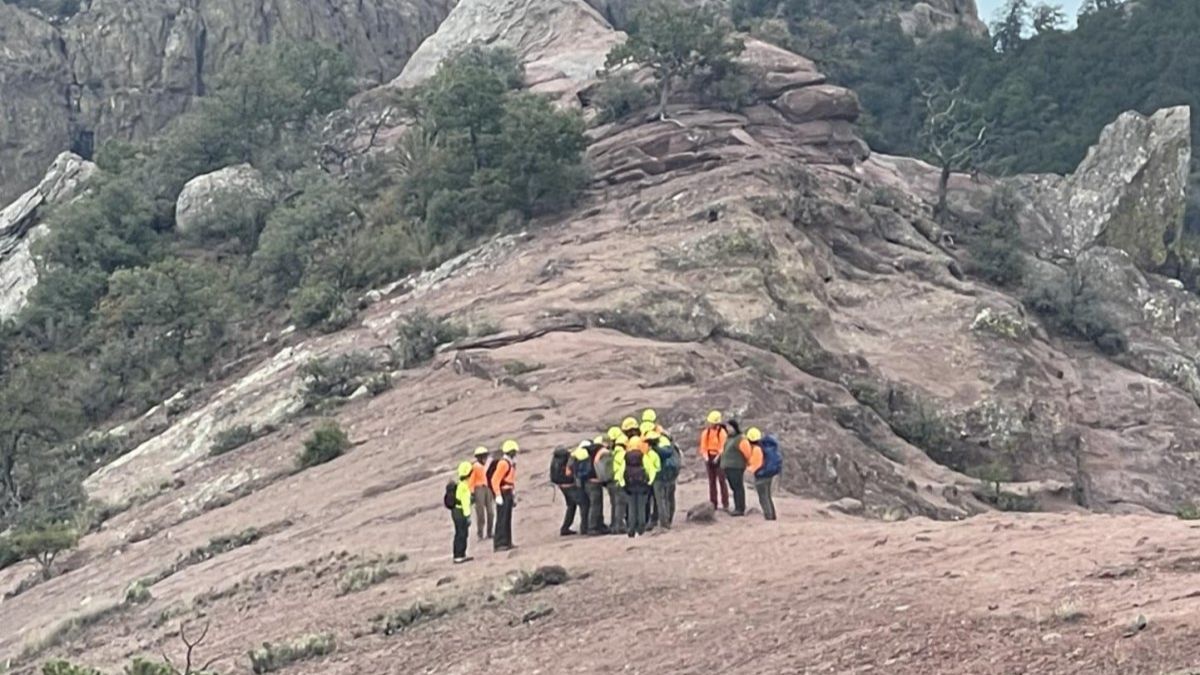Police and local government officials said Tuesday that an elephant killed a Spanish tourist in a South African wildlife reserve after he got out of his car and walked up to a group of elephants to take pictures. This is at least the third such death on the continent in less than four months.
The 43-year-old man died on Sunday in Pilanesberg National Park in North West Province, about 110 miles from Johannesburg.
The Parks and Tourism Board of the North West Province manages Pilanesberg. They said an adult female elephant charged at the man.
The report stated, “Unfortunately, the elephant, now joined by the entire herd, caught and trampled him to death.”
“The elephants moved away immediately from the scene without any aggression towards the nearby vehicles and eventually disappeared into the bushes.”
Young calves were in the elephant group. Many wildlife experts warn that elephants are fiercely protective of their young and can attack if threatened.
The man’s fiancée and two other women from Johannesburg were also in the car, but they were unharmed, according to the police.
Piet Nel, acting chief conservation officer for the North West Parks and Tourism Board, informs guests in Pilanesberg that they cannot exit their cars while exploring the park and that they must sign forms demonstrating their understanding of the rules.
“In some cases, people are oblivious to the dangers in the parks,” said Nel. “We must remember that you are entering a wild area.”
Elephant attacks occur frequently in this area. In 2021, elephants in South Africa’s renowned Kruger National Park killed a suspected poacher.
In Zambia, a southern African country, elephants killed two American tourists in separate attacks this year. An elephant in a herd killed a tourist from New Mexico named Juliana Gle Tourneau, 64, when it struck their car in June. In April, an elephant killed Gail Mattson, a 79-year-old Minnesotan. A terrifying cellphone video captured the attack.







